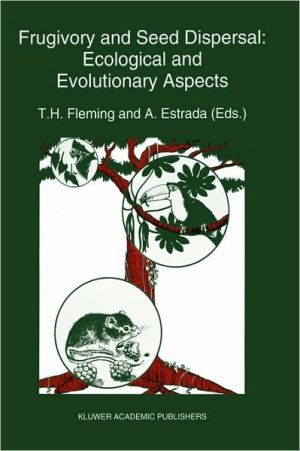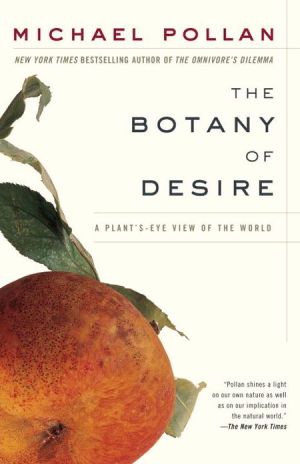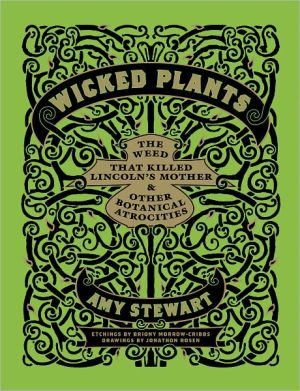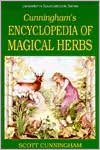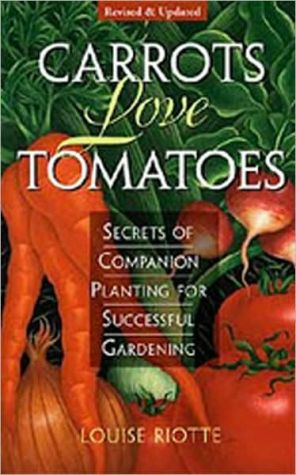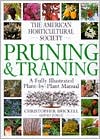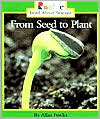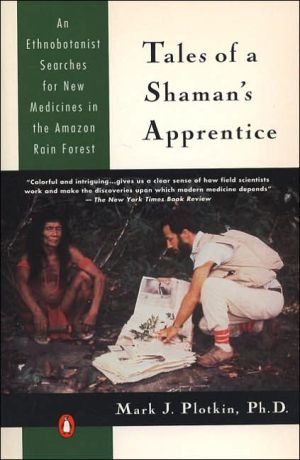Frugivory and Seed Dispersal: Ecological and Evolutionary Aspects, Vol. 15
This book is the second major volume dealing with the fruit/seed/frugivore mutualism, which is an ecological interaction of profound importance in many habitats around the world. This mutualism is particularly well-developed in the tropics, where a majority of trees and shrubs depend on animals for their seed dispersal. Detailed studies of this interaction have only recently begun, and the field is in its infancy. Yet these studies are extremely important for an understanding of how complex...
Search in google:
This book is the second major volume dealing with the fruit/seed/frugivore mutualism, which is an ecological interaction of profound importance in many habitats around the world. This mutualism is particularly well-developed in the tropics, where a majority of trees and shrubs depend on animals for their seed dispersal. Detailed studies of this interaction have only recently begun, and the field is in its infancy. Yet these studies are extremely important for an understanding of how complex ecosystems evolve, how they function, and how they must be managed to preserve their structure and function. Chapters in this book are written by many of the major researchers in the field and deal with the frugivory mutualism from both theoretical and applied perspectives. The book is rich in new details about fruits and frugivores stemming from a variety of observational and experimental approaches. It also contains examples of new empirical and theoretical approaches to studying the fruit-frugivore mutualism. Finally, it contains important new perspectives on the conservation implications of this mutualism. Because of its breadth and depth, this book is a valuable source of information for advanced as well as beginning students in ecology, evolution and conservation.
AcknowledgementsGeneral introductionPt. 1Historical and theoretical aspects of frugivory and seed dispersalSpecialized and generalized dispersal systems: where does 'the paradigm' stand?3Quantity, quality and the effectiveness of seed dispersal by animals15The population-dynamic functions of seed dispersal31Consumption of fruits of the Melastomataceae by birds: how diffuse is coevolution?57Speciation and coevolution: an interpretation of frugivory phenomena75Geographical ecology and variation of plantseed disperser interactions: southern Spanish Junipers and frugivorous thrushes85Pt. 2Plant strategiesOpportunism vs. specialization: the evolution of dispersal strategies in fleshy-fruited plants107Consequences for seed distributions of intra-crop variation in wing-loading of wind-dispersed species121Evolutionary ecology of mast-seeding in temperate and tropical oaks (Quercus spp.)133Aspects of variation in a neotropical seed dispersal system149Fruit size in a tropical tree species: variation, preference by birds, and heritability163Pt. 3Frugivore strategiesSpatial distribution of understory fruit-eating birds and fruiting plants in a neotropical lowland wet forest177Weak interactions between avian and insect frugivores: the case of Pistacia terebinthus L. (Anacardiaceae)191Ecological and behavioral consequences of digestion in frugivorous animals205The influence of seed packaging and fruit color on feeding preferences of American robins217The influence of pulp lipids on fruit preference by birds227Seed dispersal versus seed predation: an inter-site comparison of two related African monkeys237Patterns of frugivore species richness and abundance in forest islands and in agricultural habitats at Los Tuxtlas, Mexico245Pt. 4Consequences of seed dispersalDispersal mode, seed shadows, and colonization patterns261The influence of seed dispersal mechanisms on the genetic structure of tropical tree populations281Seed rain and advanced regeneration in a tropical rain forest299Monitoring seed dispersal at isolated standing trees in tropical pastures: consequences for local species availability319The role of seed dispersal in the natural regeneration of rain forest after strip-cutting in the Peruvian Amazon339Spatial scale and dispersion pattern of ant- and bird-dispersed herbs in two tropical lowland rain forests351Removal of seeds from frugivore defecations by ants in a Costa Rican rain forest363Predation by vertebrates and invertebrates on the seeds of five canopy tree species of an Amazonian forest375Index387
